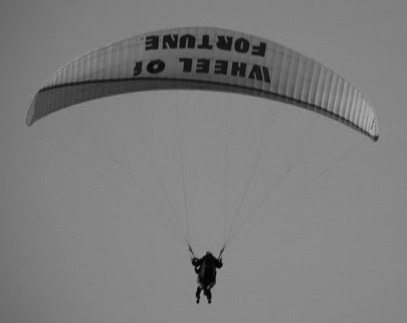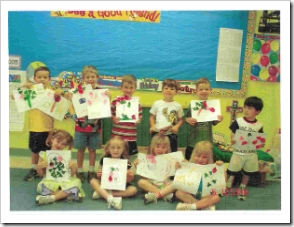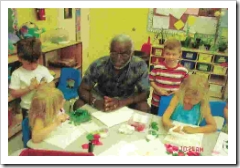
Each gallery has its own program — some cross between the work that it shows and a concept of what the gallery is supposed to be about. As Edward Winkleman explains on his blog, artists must know about and study these programs. The dealer in general takes a dim view of the artist who, with no clue of what the program is about, walks in the gallery door and asks the dealer to have a look at his or her work.
The reason is simple. The program is not really about the artists, even though it consists of the artists’ work. The program is about the dealer’s vision. “I am the program,” says Winkleman in the context of his own gallery. [NOTE, Edward was kind enough to point out that I get the context of his statement incorrect.] The gallery program represents the real and conceptual manifestation of the dealer’s aesthetic goals. If the artist has no idea of what those goals are, it tells the dealer that the artist does not take him or her seriously — a bad start to the artist-dealer relationship.
What this means, according to Winkleman, is that artists need to do a lot of research into the gallery scene they want to break into. This takes time, because a gallery does not present its entire program at once.
Where possible, the artist should engage the dealer in an informed dialog about the program. Yes, about the program, not about the artist’s own work. It is only after the artist has demonstrated a genuine interest in, and respect for, the program that it makes sense to broach the topic of having the dealer look at what the artist does. This initial dialog is a process that will take some time and should not be rushed. The key is, have the dealer get to know you and to hopefully to like you.
Should you bring your actual work into a gallery? Never, never, never, says Winkleman. When the time is right, initiate a discussion about your own work via email, attach digital files for images, or provide a link to a website. Don’t send slides unless the dealer asks for them.
Can the artist fool the dealer with a phony interest in the program? To try to do so shows a misunderstanding of the whole system, according to Winkleman; if the artist is a good fit for the gallery, there will be no need to fake an interest; the mutual admiration will be there.
In sum, the artist needs to devote a serious effort to landing in the right gallery. As Winklemans explains:
if you send your images cold, you end up in a heap of other artists, many just as good as you, and in that context (with equally good work available) the decision to work with this or that artist includes other considerations. If you have a dialog with the gallerist already, you have a leg up over the competition.
So there you have it, how to deal with dealers.
What all of this left me wondering is, how much are our views of art influenced by interaction with the people who made the art? Would the dealers be better off screening themselves from artists’ personalities, looking at those digital images with no names attached, before deciding which to consider for their programs?
If this is the way the system works, how do you feel about it, as an artist? Do you feel inspired to go out and study the programs? How do you feel about being part of a program? Is it better to be a dealer than an artist? Is the dealer a form of artist, after all?







